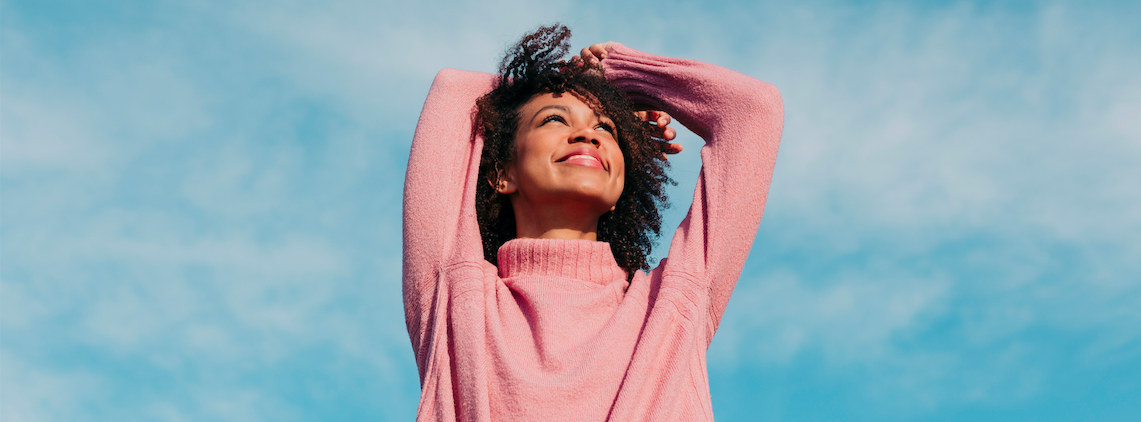Why ‘awe’ could be the trick to surviving the long pandemic months
A new study shows the effects of practicing ‘awe’ can have on stress levels


As a result of the pandemic, we are seeing a rise in anxiety and depression across the world—we're all spending more time at home and, paired with pandemic uncertainty, winter is causing lower moods. In periods of anxiety and stress, it's important to practice self-care. From taking advantage of the best meditation apps, learning about journaling for beginners, and exploring crystals for anxiety, these small and simple practices can have a positive impact on your mood.
Exercise and mediation are great in combating stress, and now it's been found that "awe" is, too. In a new study from UC Berkeley and Northbay Hospital, practicing awe can have a significant impact on your mental health. Dr. Alison Escalante explains that awe is when you conjure up feelings of wonder and amazement.
A post shared by Headspace (@headspace)
A photo posted by on
- Headspace versus Calm: Which is the best meditation app to de-stress?
How do you practice awe?
Awe stands for:
- Attention
- Wait
- Exhale
It's easy to practice awe: all you have to do is sit still and turn your full attention to something that inspires or amazes you, or something you value. You pause for a full breath, exhale and then expand yourself (physically stretch) to increase the sensations you are feeling.
The study found that awe brings you out of yourself, it makes you think about something bigger than yourself, and reduces the feelings of loneliness and depression. Dr. Escalante says: “Awe makes us feel happier and increases our positive emotions.” She continues, saying it “makes us more curious and creative and brings feelings of connectedness.”

Dr. Escalante recommends starting by looking at your hands and thinking of all the amazing things they can do, or focus on a tree outside and watch the wind in the branches. She says: “Awe can make us feel that sense of timelessness.”
The study featured 128 healthcare workers and 221 community members. They were asked to practice awe in 10-15 second bursts three to five times a day. After 21 days, participants saw significant improvements to symptoms of depression, anxiety and stress levels.
It's a similar practice to meditation, but this "awe work" can be done in quick short bursts rather than prolonged periods. It requires you to think of something big to marvel at, something that will make you pause, the perfect practice to help distract from pandemic anxiety and negative news. Awe is all about taking your mind out of its normal cycle of worries and helps you think of the bigger picture. Sounds good to us!

Naomi is a Lifestyle News Writer with the Women's Lifestyle team, where she covers everything from entertainment to fashion and beauty, as well as TikTok trends for Woman&Home, after previously writing for My Imperfect Life and GoodTo. Interestingly though, Naomi actually has a background in design, having studied illustration at Plymouth University but lept into the media world in 2020, after always having a passion for writing and earned her Gold Standard diploma in Journalism with the NCTJ.
Before working for Future Publishing’s Lifestyle News team, she worked in the Ad production team. Here she wrote and designed adverts on all sorts of things, which then went into print magazines across all genres. Now, when she isn’t writing articles on celebs, fashion trends, or the newest shows on Netflix, you can find her drinking copious cups of coffee, drawing and probably online shopping.